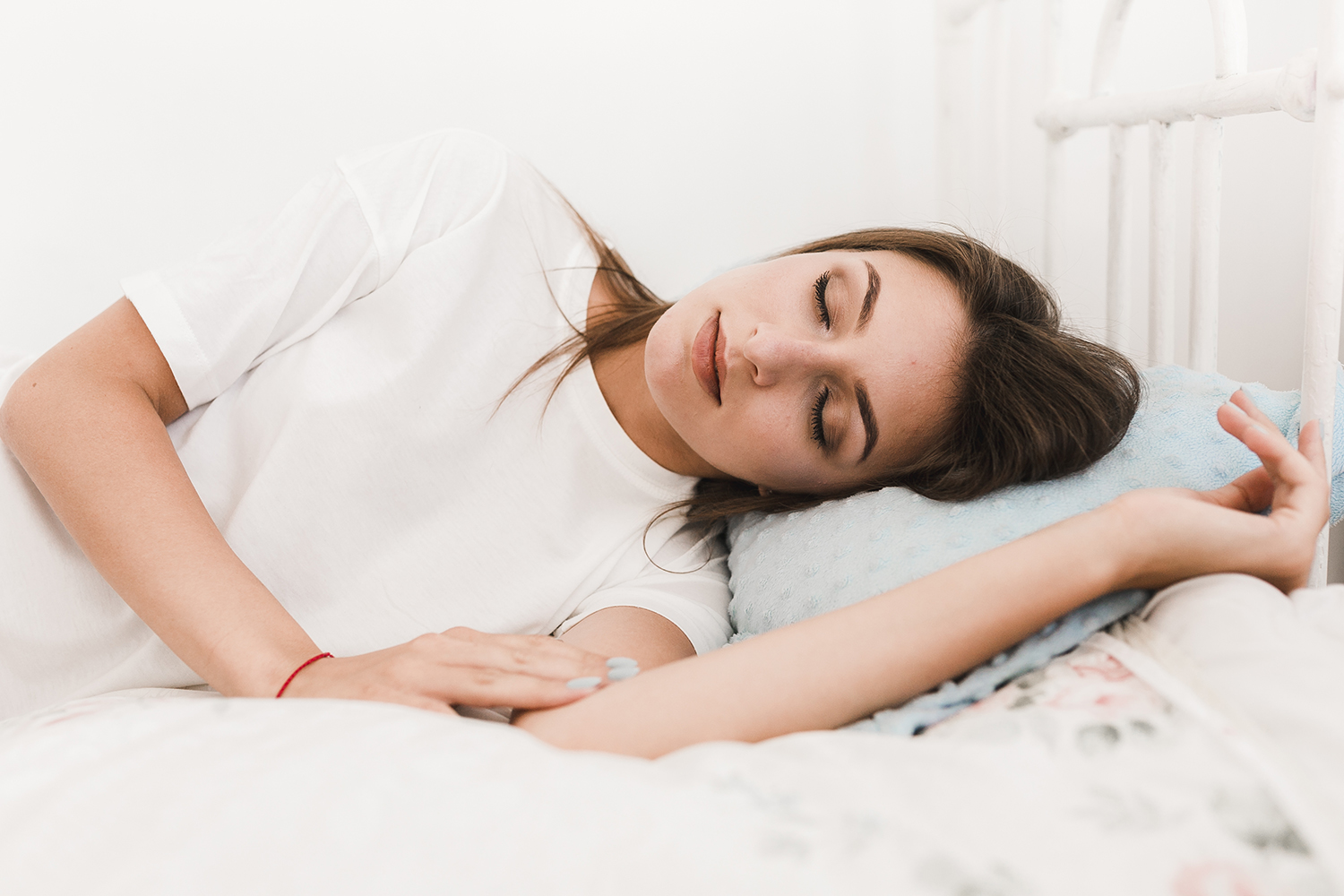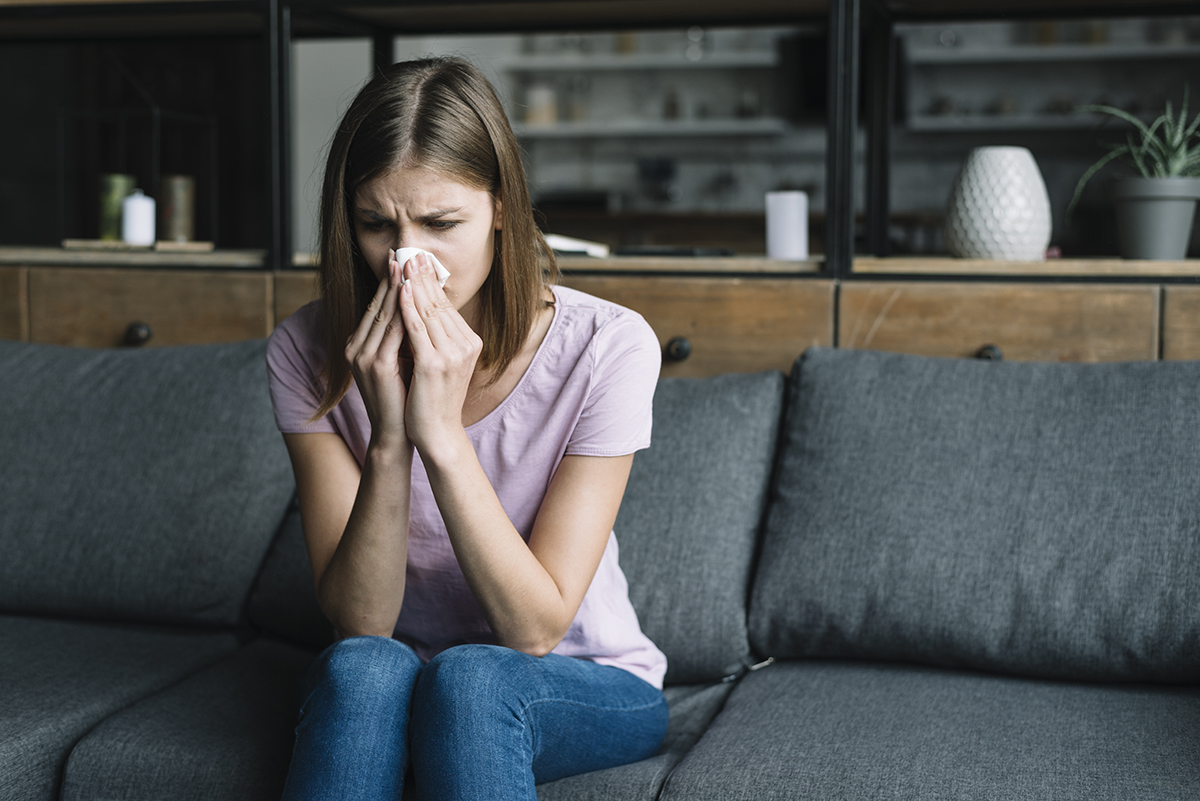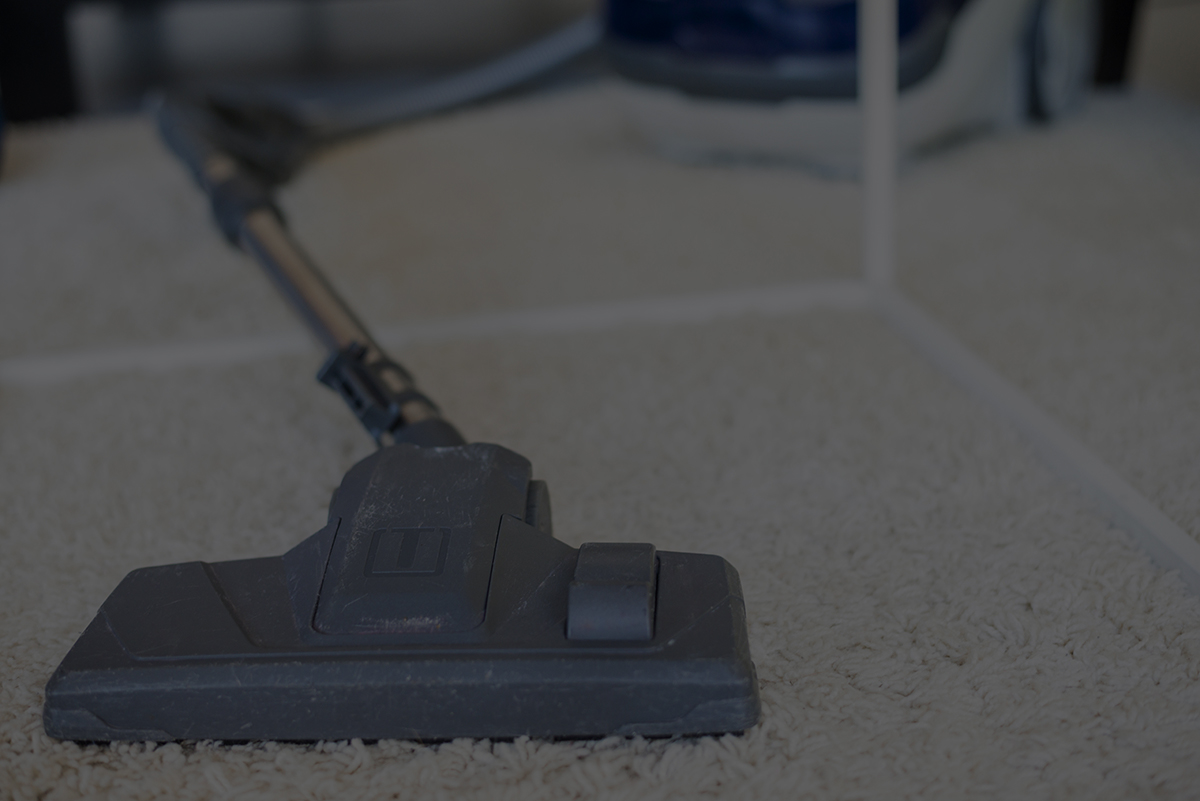
Hellings PW, Pugin B, Mariën G, Bachert C, Breynaert C, et al.
Physicians dealing with Allergic rhinitis (AR) patients should inform patients on tolerance-inducing effects of Allergen immunotherapy (AIT) and are in the need of a harmonized and practical guide that supports them in selecting eligible patients for AIT, in choosing evidence-based AIT products and in following treatment protocols with proven efficacy. Therefore, a stepwise and holistic approach is needed for better adoption of AIT in the real-life setting in Belgium.













